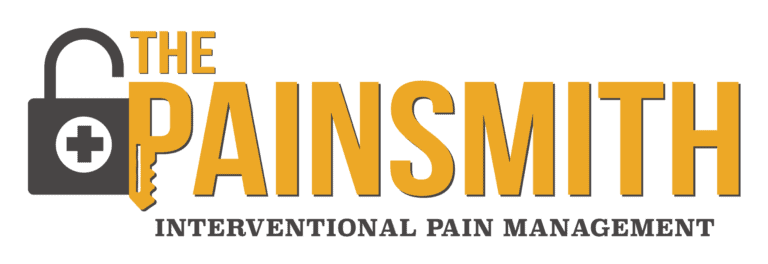After a traumatic experience, it can be hard to feel safe. You may have nightmares and are having trouble sleeping. Maybe you feel like you’re on edge and unsettled, or you aren’t finding pleasure in things you used to enjoy. Perhaps you feel like it’s just easier to be alone. After going through a trauma, it is common to have side effects as you deal with the experience. For most people, those will pass in a few weeks or months, but for others, they are long lasting and can have challenging side effects, a condition called PTSD (post-traumatic stress disorder). Read on as Dr. Smith outlines the specific symptoms of PTSD, and who can be affected by it.
Who can have PTSD?
What are the Symptoms?

How do I know if I have PTSD?
Only a mental health care provider can diagnose you with PTSD. Knowing if you have PTSD is the first step to getting effective treatment. So, it is important to talk with a doctor if you think you have symptoms. There are effective treatments even if you have been living with symptoms for years. Talk therapy (psychotherapy) and medication are the most common first-line treatments for PTSD, but new treatments like Stellate Ganglion Blocks are showing positive results.
You can learn more about PTSD symptoms at the National Center for PTSD.
At The PainSmith, we have several different options to help manage your PTSD. You can request a consultation or give us a call and we’ll discuss your options.

